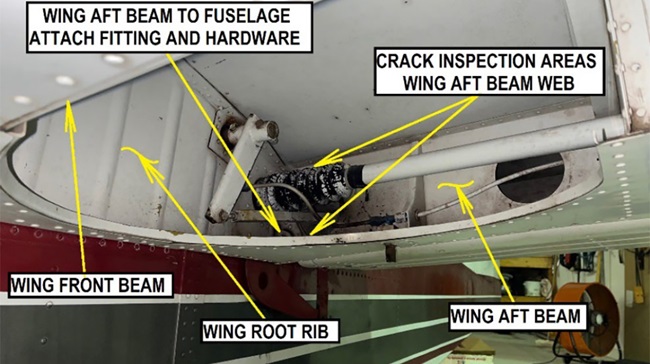The devil is in the details
Different agencies, different standards
But the rules that apply depend on several factors, including whether the FAA is seeking to suspend or revoke an FAA-issued certificate or to impose a civil monetary penalty. In the case of a civil penalty, it also depends on whether the subject is an individual alleged to have been acting as a pilot, flight engineer, mechanic, or repairman. For simplicity’s sake, I’ll use the term “airman” to refer to these roles, but this is not the technical definition.
When the FAA pursues a civil penalty against an individual not acting as an airman (e.g., a passenger on a commercial airline), the matter is typically heard by an administrative law judge (ALJ) employed by the Department of Transportation (DOT)—the parent of the FAA—and the FAA’s rules of practice must be followed. However, when the FAA pursues a civil penalty against an individual acting as an airman (e.g., a pilot) or attempts to suspend an airman certificate (e.g., a commercial pilot certificate), the matter must be appealed to the NTSB, an agency independent from the DOT and FAA. Here, the NTSB appoints its own ALJ to hear cases and apply the NTSB’s rules of practice.
While the rules of practice applicable to FAA and NTSB proceedings are similar, they are not the same. The FAA rules are in Part 13 of Title 14 in the Code of Federal Regulations, whereas NTSB rules of practice are in Part 821 of Title 49. These rules differ further as they are interpreted by the respective agencies through precedent setting decisions.
An important distinction between these rules relates to the service of documents by mail. Under FAA rules of practice, when something is served by mail, five days are added to the prescribed period to respond. Under NTSB rules of practice, however, mailed documents are generally deemed to be served on the date they are mailed and postmarked, and there is no time added for delivery.
This can create serious complications, especially when the FAA elects to proceed under its emergency authority to immediately suspend or revoke airman certificates. In emergency cases, all relevant time frames are greatly accelerated, and failure to timely respond likely means an FAA victory by default. The NTSB strictly adheres to these emergency time frames. If asked, the FAA need only show that it served the order by certified mail sent to the respondent’s address on file with the FAA. Whether the respondent actually received the mail is irrelevant. The NTSB will only accept a late filed appeal for “good cause,” and only two elements are considered: one, whether factors outside of respondent’s control prevented him or her from knowing of the FAA’s order; and two, whether once aware of the order, the respondent acted diligently to initiate the appeal. To take matters further, the ALJ will regularly reject a late-filed appeal on its own without the need for the FAA to so move, unless the respondent argues that good cause exists at the outset.
Contrast this with FAA civil penalty proceedings heard before a DOT ALJ. First, the FAA cannot proceed on an emergency basis in these cases. This means a respondent will have more time to consider options before requesting a hearing. Second, when service is by mail, FAA rules of practice allow five extra days for delivery. Third, even if a respondent misses a deadline, the FAA must move for a default decision—the DOT ALJ cannot decide on their own. Fourth, when the FAA moves for a default decision, the FAA must provide evidence of service before the burden shifts to the respondent. Fifth and finally, the “good cause” standard in FAA civil penalty proceedings is not nearly so rigid as in NTSB cases.
In short, when it comes to rules of practice and service, the devil is in the details and the agency you deal with matters. So do the choices of the agency handling your case. Adherence to these rules could mean the difference between having your day in court or missing your chance. These subtle differences illustrate the point that having competent legal representation in your corner can save your certificate or your wallet.



